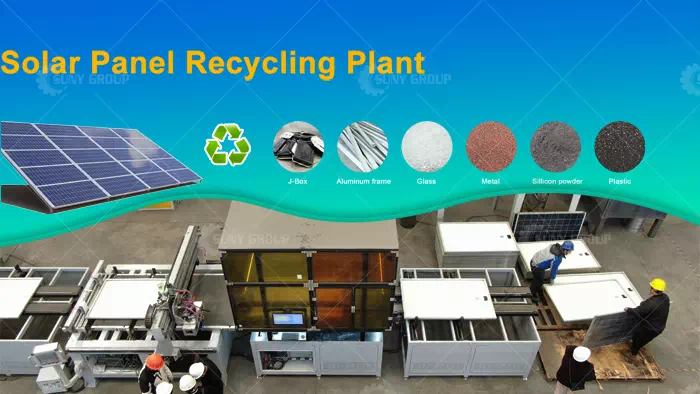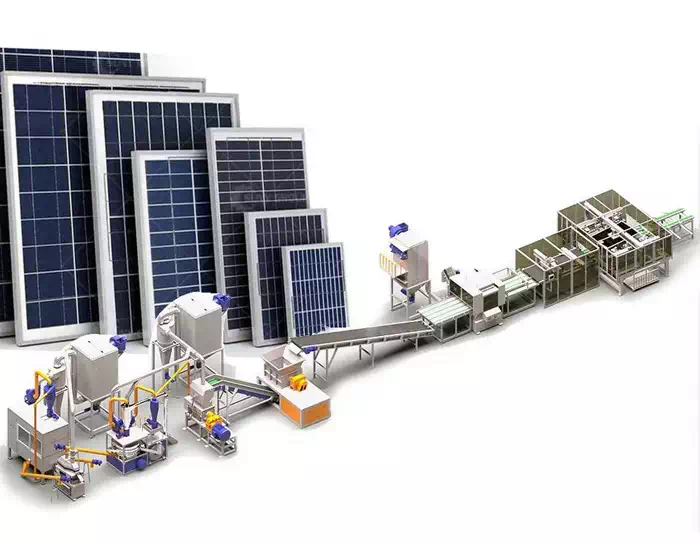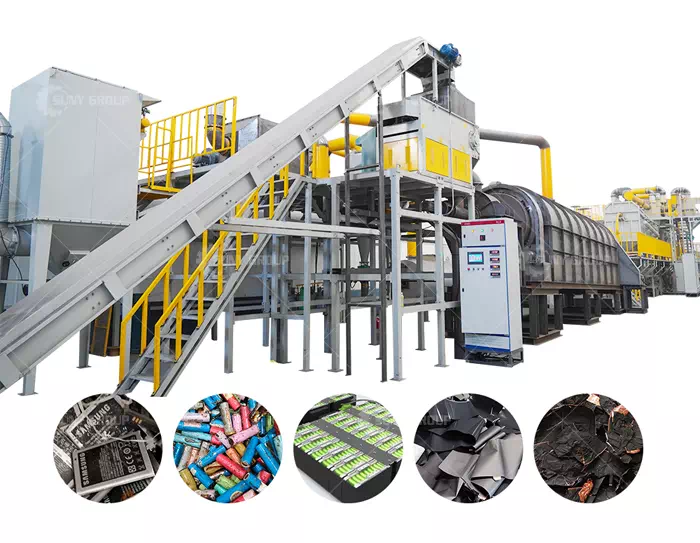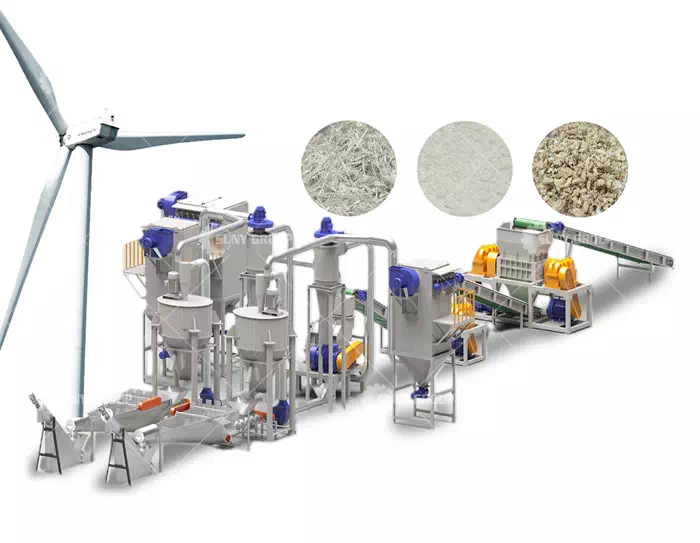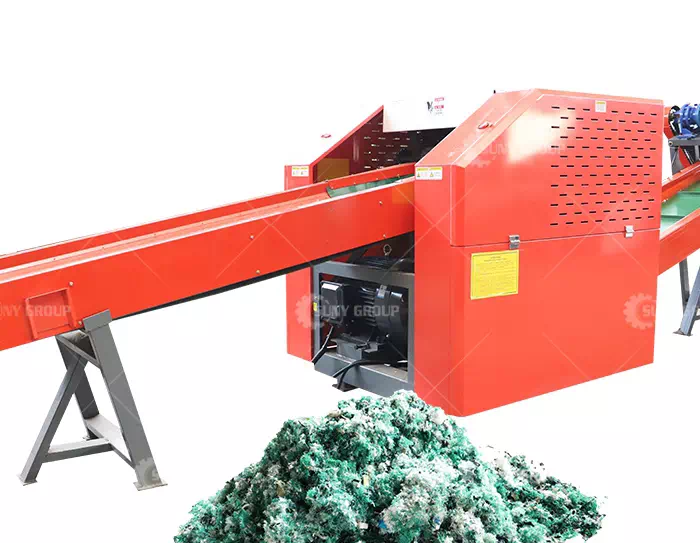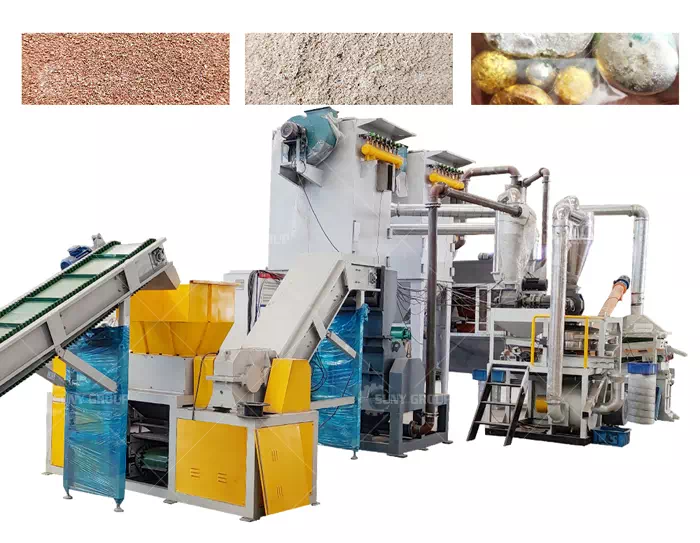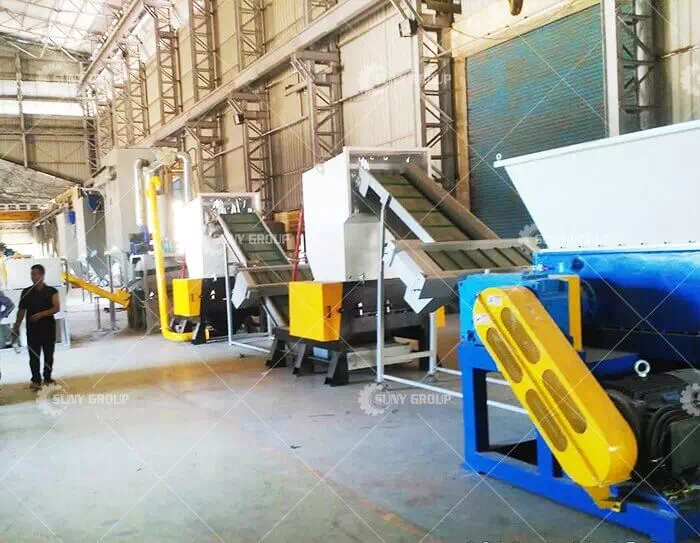Is it cost effective to recycle solar panels?
As solar energy becomes more popular, the question arises whether recycling solar panels is cost-effective. This article aims to explore the cost-effectiveness of solar panel recycling while highlighting the relevant technologies and equipment involved in the process.
Cost-benefit considerations:
Solar panels are composed of valuable materials including silicon wafers, glass, aluminum frames and copper wire. Recycling these materials allows them to be recycled and reused, reducing the need for raw material extraction and production costs. By recycling these valuable resources, the cost of sourcing virgin materials can be reduced.
Economies of scale:
As the number of retired solar panels increases, economies of scale can be achieved in the recycling process. Recycling more panels spreads the cost over more units, potentially lowering the overall cost of recycling each panel.
Regulatory factors:
Government regulations and policies play a critical role in the cost-effectiveness of solar panel recycling. Supportive regulations, such as Extended Producer Responsibility (EPR) schemes or economic incentives for recycling, can help offset recycling costs and make the process more economically viable.
Panel collection and classification:
Efficient collection and sorting systems are critical for cost-effective solar panel recycling. Automated sorting technologies such as robotic systems and optical sensors can identify and separate different types of panels based on size, material composition and condition. These systems simplify the sorting process and maximize recovery of valuable components.
Panel removal:
After sorting, the solar panels are disassembled to separate their individual components. Advanced disassembly technology, such as automated disassembly machines and laser cutting systems, can separate glass, silicon cells and other materials accurately and efficiently. This process ensures minimal material loss and increases the economic viability of recycling.
Material recovery and refining:
After disassembly, the recycled materials are further processed and refined. Techniques such as mechanical comminution, heat treatment and chemical processes are used to extract and purify valuable materials. For example, silicon cells can be crushed and refined to produce high-quality silicon for new panels or other applications.
While the cost-effectiveness of solar panel recycling depends on a variety of factors, including material recycling, economies of scale and regulatory support, advances in technology and equipment are making the process more economically viable. SUNY GROUP By employing efficient collection, sorting, disassembly and material recovery technologies, the recycling industry can extract maximum value from decommissioned solar panels while minimizing environmental impact. As demand for solar panel recycling grows, continued innovation and collaborative efforts among stakeholders will further improve the cost-effectiveness of this important practice.
Recommend products
CONTACT US:
If you have any requirement or suggestion, please fill in the form and send to us, thanks!E-mail:sunymachine@gmail.com | Whatsapp:+8613674945231


